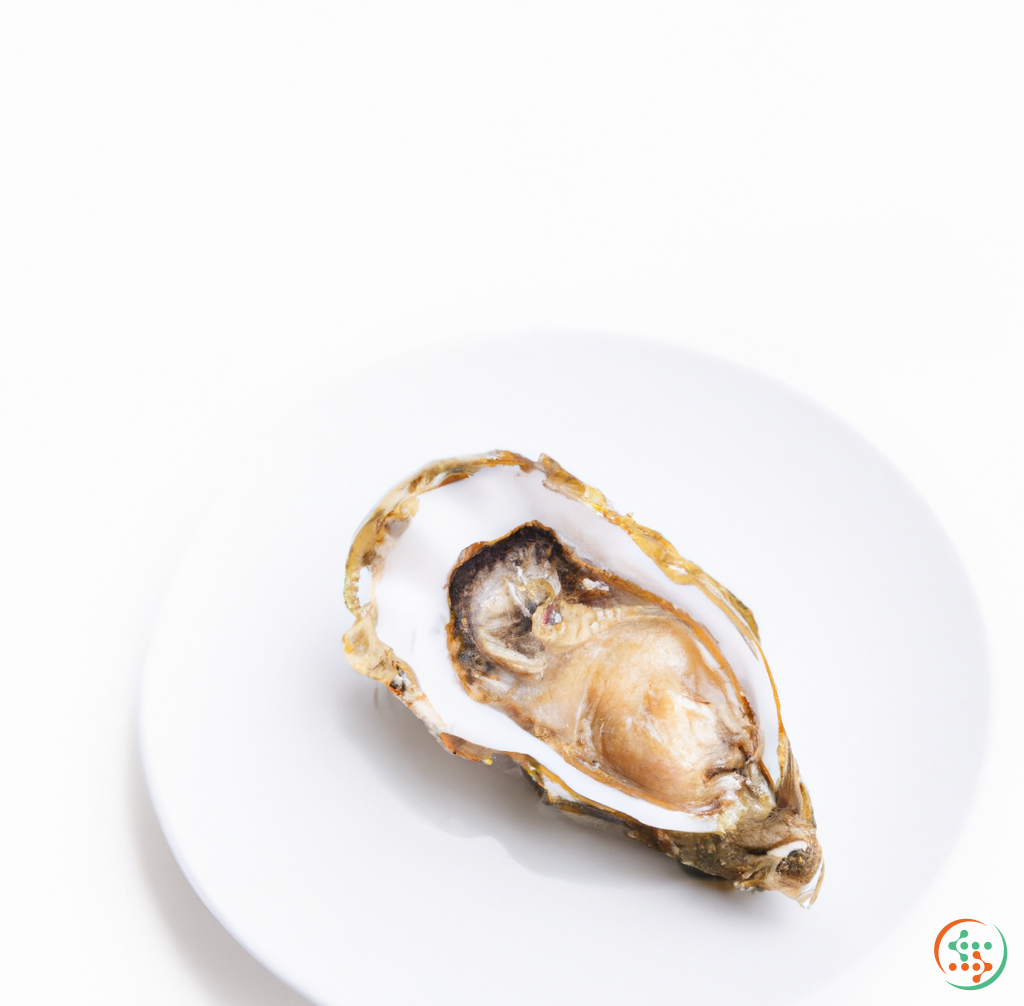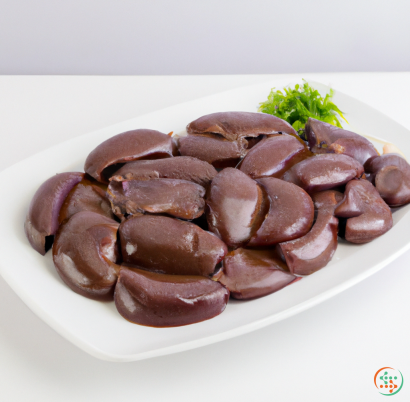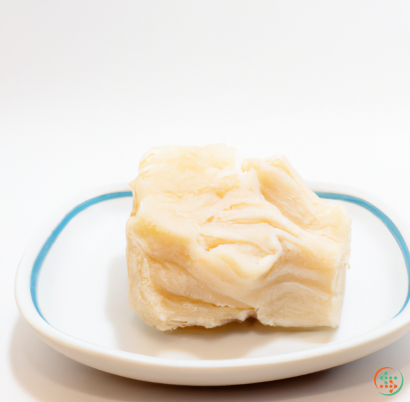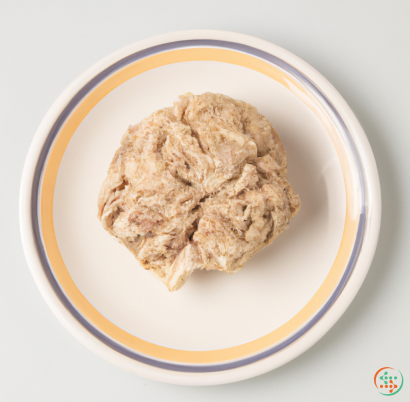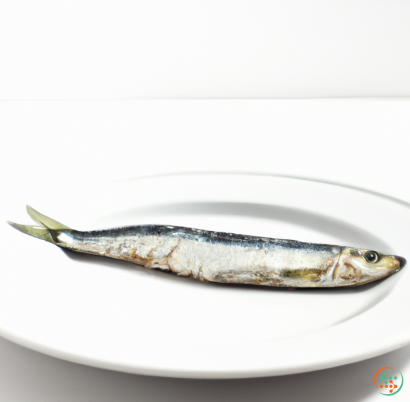Oyster
.
If you’re considering adding a touch of opulence to your seafood spread, then an oyster is sure to do the trick. This elegant delicacy is beloved by many around the world, but what is an oyster exactly?
Oysters are saltwater mollusks that belong to the phylum Mollusca, the same phylum which includes octopus, squids, and clams. They are typically found along coastlines in both warm and cold waters. Oysters have hard shells that protect their soft flesh, which is particularly delicious when seasoned with lemon and served on a half-shell.
Anatomy of an Oyster
Oysters come in many shapes and sizes, but they share some basic anatomy. The outside of the oyster is made up of two shells that hinge together. Inside the shells, you’ll find the oyster’s body parts, such as the mantle, the adductor muscles, the gills, and the stomach. The mantle is a thin, slimy layer of tissue that lies beneath the shells and covers the organs. The adductor muscles help the oyster close the shells tight when it feels threatened. The gills, which work like a filter system to draw oxygen from the water, help the oyster to breathe underwater. Last but not least, the stomach is located at the bottom of the body, near the heart.
Culinary Uses
Oysters can be enjoyed raw, steamed, grilled, or fried. Each preparation method brings out different flavors and textures. They can be eaten on the half shell or shucked and eaten with a fork, depending on the recipe. Oysters are also a key ingredient in dishes such as sauces and soups.
Foodies may enjoy exploring the world of oysters, with each type having its own subtle flavor profile. Eastcoast varieties such as Malpeque, Kumamoto, and Wellfleet are more light and briny, while Pacific oysters such as Kusshi, Hama Hama, and Olympia are richer and sweeter.
Getting to Know an Oyster
The flavor of an oyster also changes depending on where it’s harvested. The terroir, or local climate and environment, will influence the oyster’s taste. Since oysters feed by filtering their environment, their flavor will depend on how clean and salty their water is. Their diet also factors into their flavor and texture, since the proteins and minerals they consume (such as plankton) can change the oyster’s composition.
Health Benefits
Not only is oyster delicious, but it’s also good for you. It’s an excellent source of iron and zinc, which are essential minerals for the body. It’s also rich in calcium and vitamin A, which can strengthen bones, improve the immune system, and support eye health.
Oysters may also keep your heart healthy. They contain healthy omega-3 fatty acids, which increase “good” HDL cholesterol and decrease “bad” LDL cholesterol. Lastly, oysters are a great source of vitamin B12, which helps to reduce homocysteine levels and may prevent against heart disease.
The Bottom Line
Whether you are facing a three-course dinner for two or a casual seafood party, oysters are always a delight. They offer a range of health benefits and culinary experiences, from briny to sweet, and are sure to elevate the flavor of any seafood meal.
Oysters and the Journey to the Dinner Plate
Oysters have been a popular delicacy across the world for centuries, and their succulent, briny flavor is one of the most sought after in the culinary industry. But while there is lots of demand for the classic seafood dish, many people don’t actually understand how an oyster makes its way from its natural environment to the dinner plate. What follows is an in-depth look at the lifecycle and journey of an oyster, from its creation in the wild to your plate.
The Creation of an Oyster
The first step in the oyster’s journey to the dinner plate starts with its creation in the wild. Oysters are a type of mollusk that typically live near the shore, in shallow water close to the coastline. They prefer areas with plenty of nutritious organic material such as algae, plankton and other organic matter, so they tend to thrive in estuaries and protected bays where the waters are nutrient rich.
Oysters reproduce by externally releasing their reproductive cells (gametes) into the water. When a male and female gamete meet and fertilize, they form an egg. This egg then develops into a small larva known as a spat, which begins to filter its way through the water in search of an ideal place to settle and grow. Once the spat finds a suitable surface, it permanently attaches itself and begins to filter-feed on the surrounding environment, growing by as much as 24 percent every day.
It takes anywhere from eight to 18 months for an oyster to be fully grown and ready for harvest, depending on the species and environment. During this time the oyster will form its hard shell (made up of two convex-shaped valves) to protect its soft body, often covered in a protective slime coating. Oysters are filter feeders, meaning they feed by pumping water through their body and collecting what they need to survive. They consume a variety of small organisms, including algae, plankton, and microscopic aquatic vertebrates, depending on their location.
Harvesting Oysters
Once an oyster is mature enough, it is ready to be harvested. Oyster harvesting typically occurs near the shore and involves the collection of oysters by hand or by using an oyster dredge. During harvesting, it’s important to be careful not to damage the delicate shells of the oysters, as this can dramatically reduce their shelf life.
Oftentimes, oysters are harvested in the early morning when the tide is low. They are then cleaned, sorted and packed into crates or baskets, depending on the size and preferences of the harvester. Once the oysters are collected, they need to be kept at a near-freezing temperature to ensure their safety and quality.
The Journey to the Dinner Plate
Once the oysters are harvested and prepared, they are ready to go on their journey to the dinner plate. Depending on the harvesting method, location, and distribution channel, this journey can vary greatly.
If the oysters are being sold directly off the boat, they may be taken to local markets, restaurants, and grocery stores. Alternatively, they may be transferred to a facility specializing in seafood processing, such as an oyster cannery or processing plant. These facilities are responsible for removing any debris, cleaning the oysters and packing them into containers or bags, using a nitrogen-based environment to ensure they stay fresh.
Once the oysters have been processed and packaged, they can be shipped via refrigerated trucks or planes to their final destination. Whether they are heading to a local market or an international destination, the oysters need to be kept cold the entire time to ensure their flavor and texture remain intact.
At their destination, the oysters can be found in markets and restaurants across the world. Here, they will generally be in the form of half shells, fried or grilled on a bed of seaweed, or incorporated into dishes such as sushi, ceviche and oyster bisque.
Culinary Enjoyment
After their lengthy journey, the oysters are finally ready to be enjoyed by culinary connoisseurs. Every oyster has its own unique flavor, varying in brininess, sweetness and texture depending on the location and maturation process. For novice eater’s, oysters are generally served with a splash of lemon juice and a few drops of hot sauce for added flavor.
Oysters are a timeless delicacy with an incredibly complex journey from the wild to the dinner plate. They may require a great deal of work and care from start to finish, but the rewards of eating a delicious, freshly harvested oyster are well worth it.
| Vitamin A | 0.02 mg | |
| Vitamin E | 0.00132 grams | |
| Vitamin K | 0.0015 mg | |
| Vitamin B1 | 0.03 mg | |
| Vitamin B2 | 0.11 mg | |
| Vitamin B3 | 0.00137 grams | |
| Vitamin B4 | 0.101 grams | |
| Vitamin B5 | 0.35 mg | |
| Vitamin B6 | 0.05 mg | |
| Vitamin B9 | 0.01 mg | |
| Vitamin B12 | 0.01291 mg |
| Calcium | 0.092 grams |
Daily Value 1.3 g
|
| Iron | 0.00716 grams |
Daily Value 0.018 g
|
| Magnesium | 0.028 grams |
Daily Value 0.4 g
|
| Phosphorus | 0.15 grams |
Daily Value 1.25 g
|
| Potassium | 0.242 grams |
Daily Value 4.7 g
|
| Sodium | 0.132 grams |
Daily Value 2.3 g
|
| Zinc | 0.06104 grams |
Daily Value 0.011 g
|
| Copper | 0.00444 grams |
Daily Value 0.9 mg
|
| Manganese | 0.46 mg |
Daily Value 0.0023 g
|
| Selenium | 0.0307 mg |
Daily Value 0.055 mg
|
| Fluoride | 0.063 mg |
Daily Value 0.004 mg
|
| Tryptophan | 0.107 grams | |
| Threonine | 0.036 grams | |
| Isoleucine | 0.356 grams | |
| Leucine | 0.556 grams | |
| Lysine | 0.592 grams | |
| Methionine | 0.2 grams | |
| Cystine | 0.086 grams | |
| Phenylalanine | 0.321 grams | |
| Tyrosine | 0.314 grams | |
| Valine | 0.406 grams | |
| Arginine | 0.577 grams | |
| Histidine | 0.171 grams | |
| Alanine | 0.421 grams | |
| Aspartic Acid | 0.763 grams | |
| Glutamic Acid | 1.048 grams | |
| Glycine | 0.428 grams | |
| Proline | 0.349 grams | |
| Serine | 0.349 grams |
| Glucose | 0.96 grams |
|
| Total Sugars | 1 grams |
per 100g
|
| Myristic acid (14:0) | 0.08 grams |
|
| Palmitic acid (16:0) | 0.5 grams |
|
| Stearic acid (18:0) | 0.1 grams |
|
| Total Saturated fatty acids: | 0.68 g | |
| Oleic acid (18:1) | 0.26 grams |
|
| Palmitoleic acid (16:1) | 0.08 grams |
|
| Gadoleic acid (20:1) | 0.04 grams |
|
| Total Monounsaturated fatty acids: | 0.38 g | |
| Omega-3 Timnodonic acid (20:5) | 0.27 grams |
|
| Omega-3 Clupanodonic acid (22:5) | 0.02 grams |
|
| Omega-6 Eicosadienoic acid (20:2) | 0.01 grams |
|
| Linolenic acid (18:3) | 0.13 grams |
|
| Linoleic acid (18:2) | 0.06 grams |
|
| Total Polyunsaturated fatty acids: | 0.49 g | |
| Cholesterol | 0.06 grams |
|
| Total Sterols: | 0.06 g | |
